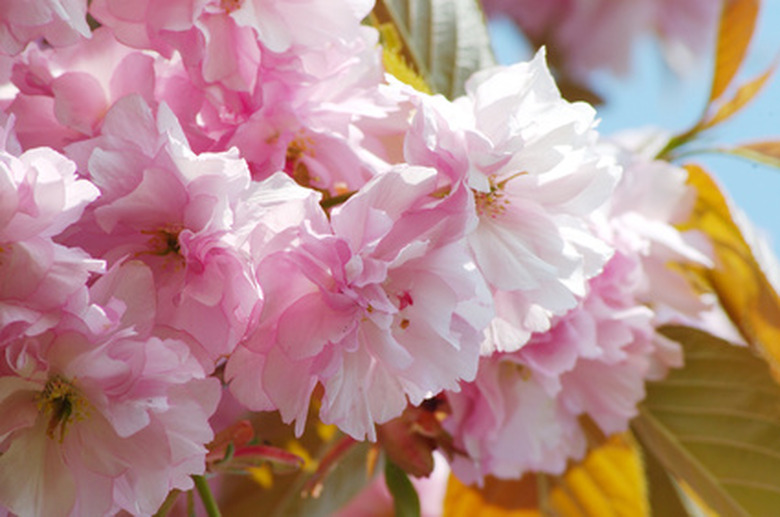When To Prune Almond Trees
Pruning almond trees will improve their structural integrity and prevent limb breakage, establish tree shape, permit easy access for equipment and ensure tree health and longevity. Proper pruning of almond trees will also help to ensure a high-quality yield.
Pruning almond trees will improve their structural integrity and prevent limb breakage, establish tree shape, permit easy access for equipment and ensure tree health and longevity. Proper pruning of almond trees will also help to ensure a high-quality yield. Almond tree pruning should be based upon insect management, sanitation and market strategies. Growers should be wary of over-pruning, which will negatively affect fruit production.
At Planting
Almond trees should be pruned shortly after planting to allow the development of a high lead that will eventually facilitate easier mechanical harvesting. Cut the bottom of the almond treetop at 42 inches from ground level. This pruning at planting will also allow easier scaffold selection during the tree's first dormant season.
- Pruning almond trees will improve their structural integrity and prevent limb breakage, establish tree shape, permit easy access for equipment and ensure tree health and longevity.
First Growing Season
By the time new shoots are 4 to 6 inches long in March or April, trim shoots off of all except the top 8 inches of the canopy. Within the top 8 inches, remove the weaker of any twin shoots.
Winter
Almond trees are typically pruned in the winter following leaf drop. Pruning at this time will improve vigor without removing actively photosynthesizing limbs. Most pruning and selection of scaffolding branching is typically done after the growing season is over. Almond growers also generally tie the trees and head the main scaffolding in late winter or early spring.
Fall
Wilbur Reil of the University of the California Cooperative Extension and some associates from the University of California conducted a study using nonpareil almonds to determine the effects of early fall pruning as compared to winter dormant pruning. Results indicated no significant differences in yield between fall- and winter-pruned trees. Fall pruning can also improve scheduling flexibility by taking advantage of the labor force when there are otherwise few labor needs, and pruning can be completed long before dormant sprays are applied.
- By the time new shoots are 4 to 6 inches long in March or April, trim shoots off of all except the top 8 inches of the canopy.
Maintenance
Light, corrective pruning to remove diseased or damaged limbs can be done as necessary year-round. Promptly remove limbs that have broken as a result of wind damage or have an infection like ceratocystis canker or brown rot blossom blight.
